

Articles
How To Store Body Armor
Modified: October 19, 2024
Learn the best methods for storing your body armor in our informative articles. Keep your armor in optimal condition and ready for use with our expert tips.
(Many of the links in this article redirect to a specific reviewed product. Your purchase of these products through affiliate links helps to generate commission for Storables.com, at no extra cost. Learn more)
Introduction
Body armor is an essential protective gear for law enforcement officers, military personnel, and civilians who prioritize personal safety. Whether you own a bulletproof vest, plate carrier, or other types of body armor, proper storage is crucial to maintain its effectiveness and extend its lifespan. In this article, we will explore the importance of proper body armor storage and provide you with practical tips on how to store your body armor effectively.
Proper storage of body armor is essential for several reasons. Firstly, storing your body armor correctly ensures that it remains in optimal condition and retains its protective capabilities. Exposure to extreme temperatures, humidity, and other environmental factors can degrade the materials and reduce the performance of the armor. Additionally, improper storage can lead to deformation and damage to the armor, compromising its ability to provide reliable protection.
Secondly, ensuring proper storage for your body armor also promotes personal safety. When your armor is well-maintained and stored correctly, you can have confidence in its ability to protect you in dangerous situations. On the other hand, neglecting proper storage practices can lead to unforeseen issues, such as compromised ballistic panels or weakened straps, which may render the armor ineffective when you need it the most.
Choosing the ideal storage location is the first step in ensuring the longevity of your body armor. You want to find a cool, dry, and well-ventilated area that is away from direct sunlight and any potential sources of moisture. Basements, closets, or dedicated storage lockers are commonly used options. Avoid storing your body armor in areas prone to extreme temperature fluctuations, such as attics or unventilated garages, as this can accelerate the wear and tear on the materials.
Before stowing away your body armor, it’s crucial to clean and dry it thoroughly. Remove any dirt, sweat, or debris using a gentle detergent and a soft cloth or sponge. Make sure to pay attention to straps, buckles, and closures, ensuring they are free from any residue that may cause them to degrade over time. Once cleaned, allow the armor to air dry completely before continuing with the storage process.
Key Takeaways:
- Proper storage and maintenance of body armor are crucial for preserving its integrity and protective capabilities. Choosing the ideal storage location, thorough cleaning, and regular inspection are key to ensuring the armor remains effective and ready for use.
- By implementing proper storage practices, such as maintaining a controlled environment, disassembling and storing components separately, and conducting regular maintenance, individuals can maximize the longevity and protective capabilities of their body armor.
Read more: How To Store Body Butter
Importance of Proper Body Armor Storage
Proper storage of body armor is essential in maintaining its effectiveness and ensuring its longevity. By following correct storage practices, you can preserve the integrity of your armor, prolong its lifespan, and enhance its overall performance. Here are some key reasons why proper body armor storage is crucial:
- Maintaining Performance: Body armor is designed to provide reliable protection against threats such as bullets and sharp objects. However, exposure to extreme temperatures, humidity, and other environmental factors can degrade the materials and compromise the armor’s ability to provide optimal protection. By storing your body armor correctly, you can minimize the impact of these factors and maintain the performance of the armor.
- Preventing Damage: Proper storage helps prevent damage to the body armor. Storing it in a cool and dry place, away from direct sunlight and potential sources of moisture, reduces the risk of corrosion, mold growth, and material degradation. Additionally, storing the armor in a dedicated storage locker or secure area protects it from accidental bumps, impacts, or other physical damage that can weaken its protective capabilities.
- Preserving Ballistic Panels: Ballistic panels are a crucial component of body armor. They are responsible for stopping projectiles and dispersing their energy. Incorrect storage, such as folding or creasing the panels, can cause permanent damage, compromising their ability to provide adequate protection. By storing the panels flat or hanging them vertically, you can ensure their integrity and prolong their lifespan.
- Enhancing Comfort: Body armor that has been properly stored is more likely to be comfortable to wear. When armor is stored correctly, straps and buckles remain in good condition, ensuring a secure and comfortable fit. On the other hand, neglected or improperly stored armor may have degraded straps, causing discomfort or compromising the armor’s stability during use.
- Reducing Long-Term Costs: By implementing proper storage practices, you can reduce the need for frequent repairs or replacements. Body armor is an investment, and proper maintenance and storage can help extend its lifespan, saving you money in the long run. Ensuring that your armor remains in good condition also means you won’t have to replace it prematurely.
Proper storage of body armor is a simple yet crucial aspect of maintaining its effectiveness and longevity. By following the tips and guidelines provided in this article, you can ensure that your body armor remains in optimal condition and continues to provide you with the protection you need in critical situations.
Choosing the Ideal Storage Location
When it comes to storing your body armor, choosing the right location is key to maintaining its integrity and effectiveness. Here are some factors to consider when selecting the ideal storage location:
- Temperature and Humidity: It’s crucial to store your body armor in a location that is cool and dry. Extreme temperatures can cause materials to degrade, while high humidity can promote mold and mildew growth. Avoid storing your body armor in areas prone to temperature fluctuations, such as attics or unventilated garages. Instead, opt for a space with controlled temperature and humidity levels, such as a basement or a dedicated storage locker.
- Light Exposure: Direct sunlight can fade and weaken the materials of your body armor over time. Look for a storage location that is away from windows or other sources of direct light. If sunlight is unavoidable, consider covering your armor with a protective cover or storing it in a case that provides UV protection.
- Security: It’s important to store your body armor in a secure location. This will protect it from theft or unauthorized access. Consider using a locked closet, storage cabinet, or a dedicated storage locker designed specifically for body armor. Ensure that only authorized individuals have access to the storage area.
- Ventilation: Proper ventilation is essential to prevent moisture buildup and allow air circulation. Inadequate ventilation can contribute to the growth of mold and mildew, which can damage the armor. Choose a storage location that is well-ventilated or install a dehumidifier to control humidity levels.
- Accessibility: While security is important, it’s also crucial to choose a location that allows for easy access to your body armor when needed. In an emergency situation, you don’t want to waste precious time searching for your armor. Consider a storage location that is conveniently located near your gear or in an easily accessible area.
By carefully considering these factors, you can select an ideal storage location that will preserve the integrity of your body armor and ensure its readiness when you need it. Remember, proper storage plays a critical role in maintaining the effectiveness and longevity of your body armor.
Preparing the Storage Area
Before storing your body armor, it is important to properly prepare the storage area to ensure optimal conditions for preserving the integrity of the gear. Here are some steps to take in preparing the storage area:
- Clean the area: Start by cleaning the storage area to remove any dust, dirt, or debris that may accumulate and potentially damage the body armor. Dust particles can settle on the armor’s surface, causing scratching or abrasion. Use a vacuum cleaner, broom, or damp cloth to thoroughly clean the space.
- Remove any hazards: Inspect the storage area for potential hazards or substances that could harm the body armor. Remove any sharp objects, corrosive chemicals, or items that are prone to leaking. It is important to keep the storage area free from any potential threats that could compromise the integrity of the armor.
- Organize the space: Create an organized storage system to keep your body armor easily accessible and prevent any unnecessary damage. Use shelves, hooks, or hanging racks to separate and store different components of the armor. This will help prevent any tangling or entanglement of straps, buckles, or Velcro closures.
- Label and document: To keep track of your body armor collection, consider labeling the storage containers or shelves with the type of armor, date of purchase, or any other relevant information. Additionally, it can be helpful to keep a written inventory or documentation of your body armor, including manufacturer details, model numbers, and purchase dates.
- Set up moisture control: Moisture can be detrimental to body armor, leading to mold, mildew, and corrosion. Install a dehumidifier or use desiccant packs to control the humidity levels in the storage area. These measures will help prevent moisture damage and ensure the longevity of the armor.
- Consider protective covers: Depending on the storage area, you may want to use protective covers or cases to shield the body armor from dust, moisture, or potential damage. Choose covers made of breathable materials that allow for air circulation to prevent the growth of mold or mildew.
By taking the time to properly prepare the storage area, you can create an environment that is clean, organized, and safe for storing your body armor. These steps will help maintain the integrity of your gear and ensure that it remains in optimal condition for when you need it most.
Cleaning and Drying the Body Armor
Proper cleaning and drying of your body armor is essential to maintain its performance and prolong its lifespan. Regular cleaning helps remove dirt, sweat, and other contaminants that can compromise the integrity of the armor. Here are some steps to follow when cleaning and drying your body armor:
- Read the manufacturer’s instructions: Before cleaning your body armor, it is important to read and follow the manufacturer’s instructions. Different types of body armor may have specific cleaning requirements or recommendations that you need to be aware of.
- Check for removable components: Some body armor may have removable components, such as ballistic panels or carrier pads. If possible, remove these components according to the manufacturer’s instructions. This will make it easier to clean and ensure thorough cleaning of all parts.
- Use a gentle detergent: Choose a mild detergent that is suitable for the materials of your body armor. Avoid using harsh or abrasive cleaning agents that may damage or weaken the armor. Follow the detergent’s instructions for dilution and apply it to a soft cloth or sponge.
- Gently scrub the surfaces: With the detergent solution, gently scrub the surfaces of the body armor, paying close attention to areas that accumulate dirt or sweat, such as the straps, buckles, and closures. Avoid excessive force or aggressive scrubbing, as this can damage the armor’s materials or cause them to degrade over time.
- Rinse thoroughly: After scrubbing, rinse the body armor thoroughly with clean water to remove any residual detergent. Ensure that no soap residue remains on the armor, as this can cause irritation or discomfort when wearing it.
- Air dry completely: Once rinsed, allow the body armor to air dry completely before storing or reassembling. Hang the armor in a well-ventilated area, away from direct sunlight and heat sources. Avoid using heat or artificial drying methods, as they can damage the materials or cause shrinkage.
- Inspect for damage: While cleaning, take the opportunity to inspect the body armor for any signs of damage or wear. Check for loose stitching, tears, or any other issues that may compromise the armor’s integrity. If you notice any damage, consult with the manufacturer or a professional to address the problem promptly.
Regular cleaning and proper drying of your body armor not only ensure its cleanliness but also help maintain its effectiveness and extend its lifespan. By following these steps, you can keep your body armor in optimal condition, ready to provide you with reliable protection when you need it.
Store body armor in a cool, dry place away from direct sunlight and extreme temperatures. Hang it up if possible to maintain its shape and avoid creases. Check the manufacturer’s instructions for specific storage recommendations.
Read more: How To Store Bath And Body Works Products
Disassembling the Armor Components
Disassembling your body armor components is an important step in proper storage and maintenance. By separating the various pieces of your armor, you can clean them thoroughly and ensure that each component is in good condition. Here’s a step-by-step guide on how to disassemble your body armor:
- Refer to manufacturer’s instructions: Before disassembling your body armor, consult the manufacturer’s instructions. Different types of body armor may have specific disassembly instructions or recommendations that you should follow.
- Identify the components: Take a moment to familiarize yourself with the different components of your body armor, such as ballistic panels, carrier, straps, buckles, and accessories. This will help you understand how each piece fits together and how to disassemble them properly.
- Remove ballistic panels: Start by removing the ballistic panels from the carrier. These panels are typically located in pockets or compartments within the carrier. Carefully remove the panels, taking note of any specific instructions regarding their handling or orientation.
- Detach straps and buckles: Depending on the design of your body armor, there may be straps and buckles that need to be detached. This could include shoulder straps, waist straps, or other adjustable components. Follow the manufacturer’s instructions to release these attachments.
- Separate accessories: If your body armor includes accessories, such as trauma pads or removable pouches, detach them according to the manufacturer’s instructions. These accessories can be cleaned separately, and removing them allows for a more thorough cleaning of the main components.
- Keep track of small components: During the disassembly process, you may come across small components, such as Velcro tabs or attachment clips. It’s important to keep track of these parts to ensure they’re not misplaced. Consider using small bags or containers to store these components together and prevent any loss or confusion.
- Clean and inspect each component: Once the components are disassembled, clean each one individually according to the manufacturer’s instructions. This ensures that every part is thoroughly cleaned and that any specific cleaning requirements are met. As you clean, inspect the components for any signs of damage or wear, such as loose stitching or tears.
By disassembling your body armor, you can clean and inspect each component more effectively. This process allows for a thorough cleaning of the armor while ensuring that each part remains in good condition. It also makes it easier to store and maintain the different components separately, which can enhance their longevity. Remember to consult the manufacturer’s instructions and exercise caution when disassembling and handling your body armor.
Storing the Armor Components
Properly storing the components of your body armor is essential for maintaining their condition and ensuring their longevity. By following the correct storage practices, you can ensure that each component remains in optimal shape and ready for use. Here are some tips on how to store the various armor components:
- Ballistic Panels: When storing ballistic panels, it is important to keep them flat or hang them vertically to prevent any creases or folds that could compromise their effectiveness. Ensure that the panels are stored in a cool, dry place, away from direct sunlight and excessive humidity. If the panels came with specific storage instructions from the manufacturer, follow those guidelines for best results.
- Carrier: The carrier, or outer shell of the body armor, should also be stored in a safe and clean environment. Ensure that the carrier is free from any dirt or debris before storage. It is recommended to hang the carrier in a cool, dry area to maintain its shape and prevent any deformations. Consider using a padded hanger to avoid putting unnecessary stress on the carrier’s straps or other components.
- Straps and Buckles: Store the straps and buckles separately from the rest of the armor to prevent tangling or damage. Coil the straps neatly and secure them in a small bag or container. Ensure that the buckles are fastened to prevent any accidental damage or stress on the straps. Label or mark these bags or containers to easily identify them when reassembling the body armor.
- Accessories: If your body armor has removable accessories such as trauma pads or pouches, store them separately in a clean and dry place. Keep them in a designated container or pouch to prevent any damage or loss. Consider labeling these containers to easily identify and retrieve the accessories when needed.
- Consider individual storage containers: To keep each component of your body armor organized and protected, you may consider using individual storage containers. These can be plastic bins, cloth bags, or specially designed storage cases for body armor components. When using containers, make sure they are clean, dry, and free from any contaminants that could harm the armor.
- Keep components together: To ensure that all the necessary components of your body armor are stored together, consider using a larger storage container or dedicated storage space that can accommodate all the parts. Label or mark this container to easily identify it when you need to assemble your body armor for use.
- Avoid excessive compression or weight: When storing your body armor components, be mindful of avoiding excessive compression or weight that could deform or damage the materials. Avoid stacking heavy objects on top of the components and store them in a way that minimizes pressure or stress on the components.
By following these storage tips, you can ensure that each component of your body armor is properly stored, protected, and ready for use whenever needed. Implementing these practices will help maintain the effectiveness and longevity of your body armor components, maximizing their value and ensuring your safety.
Maintaining the Storage Environment
Maintaining the proper storage environment for your body armor is crucial to ensure its longevity and effectiveness. By taking steps to control the storage environment, you can minimize the factors that can damage the armor and maximize its lifespan. Here are some tips on how to maintain the storage environment for your body armor:
- Temperature and Humidity Control: It is important to keep the storage area at a consistent temperature and humidity level. Extreme temperatures can cause the materials of the body armor to degrade, while high humidity can promote mold and mildew growth. Use a temperature-controlled storage space or consider using a dehumidifier to keep humidity levels in check.
- Avoid Exposure to Sunlight: Direct sunlight can fade and weaken the materials of your body armor over time. Keep the storage area away from windows or any other sources of direct light. If sunlight exposure is unavoidable, consider using blinds or curtains to block out the light or cover the armor with a protective cover that provides UV protection.
- Keep the Storage Area Clean: Regularly clean and dust the storage area to prevent the buildup of dirt and debris. A clean storage area reduces the risk of contaminants coming into contact with the body armor and helps maintain a hygienic environment.
- Inspect for Moisture: Regularly check the storage area for any signs of moisture or water leaks. Moisture can lead to mold, mildew, and corrosion, which can damage the body armor. If you notice any dampness or signs of moisture, address the issue promptly and consider using moisture-absorbing products, such as desiccant packs or moisture-control systems, to maintain a dry environment.
- Avoid Chemical Exposure: Keep the storage area free from any chemicals or substances that could potentially damage the body armor. This includes cleaning agents, solvents, oils, or any corrosive materials that may come into contact with the armor. Store any potentially harmful chemicals in a separate, secure area to prevent accidental exposure.
- Monitor for Pest Infestation: Regularly inspect the storage area for any signs of pests, such as rodents or insects. They can cause damage to the body armor materials or contaminate the storage space. Take preventive measures, such as sealing any entry points and using pest repellents, to keep the storage area free from pests.
- Regular Air Circulation: Proper air circulation is important in maintaining a healthy storage environment. Stagnant air can contribute to moisture buildup and the growth of mold or mildew. Ensure that the storage area has adequate ventilation, and consider using fans or dehumidifiers to promote air circulation.
- Regularly Inspect Components: Periodically inspect the individual components of your body armor for any signs of damage, wear, or deterioration. This includes examining the ballistic panels, straps, buckles, and other accessories. If you notice any issues, take appropriate action, such as repairing or replacing the affected component.
By following these guidelines, you can create and maintain an environment that is conducive to proper body armor storage. Taking proactive steps to control temperature, humidity, cleanliness, and other environmental factors will help ensure the longevity and effectiveness of your body armor, allowing it to perform at its best when you need it.
Regular Inspection and Maintenance
Regular inspection and maintenance of your body armor is essential to ensure its continued effectiveness and longevity. By performing routine checks and addressing any issues promptly, you can maintain the integrity of the armor and ensure that it is ready for use when needed. Here are some important steps to include in your regular inspection and maintenance routine:
- Visual Inspection: Regularly examine the body armor for any signs of damage or wear. Inspect the ballistic panels for any bulges, cracks, or visible damage that may indicate a compromised protective layer. Check the straps, buckles, and closures for any fraying, tears, or signs of weakness that could affect the functionality of the armor.
- Test Zippers and Fasteners: Check the zippers, Velcro fasteners, and other closure mechanisms to ensure they are in good working order. Make sure they open and close smoothly and securely to maintain the proper fit of the armor. If any closures are not functioning properly, consider repairing or replacing them promptly.
- Conduct Fit and Adjustments: Regularly try on your body armor to ensure it fits properly. Adjust the straps and buckles as needed to achieve a snug and secure fit. Pay attention to any discomfort or signs of pressure points that may require adjustments or modifications for improved comfort and mobility.
- Clean and Maintain Velcro and Straps: Over time, dirt, debris, or lint can accumulate in the Velcro fasteners and straps. Periodically clean these areas using a soft brush or compressed air to remove any contaminants that may hinder the proper fastening or adjustment of the armor.
- Follow Manufacturer’s Guidelines for Maintenance: Refer to the manufacturer’s instructions for any specific maintenance recommendations. Some body armor may require periodic treatments, such as reapplying water repellent coatings or using specific cleaning agents. Following these instructions will help ensure you maintain the armor’s performance and durability.
- Address Any Issues Promptly: If you notice any signs of damage, wear, or other issues during your inspection, address them promptly. Small problems, such as loose stitching or minor tears, can worsen over time if left unattended. Repair or replace any damaged components, and consult with the manufacturer or a professional if you’re unsure how to proceed.
- Refresh Training and Familiarization: Regularly review and refresh your knowledge of how to properly wear and adjust your body armor. Stay up to date with any new protocols or training related to the use and maintenance of the armor. This can help optimize your safety and effectiveness in critical situations.
By incorporating these regular inspection and maintenance practices into your routine, you can ensure that your body armor remains in optimal condition and ready to provide you with the necessary protection. Regular checks help identify any issues early on, allowing you to take appropriate action and maintain the performance and longevity of your body armor.
Conclusion
Proper storage and maintenance of your body armor are crucial in ensuring its effectiveness and longevity. By implementing the tips and guidelines outlined in this article, you can preserve the integrity of your body armor and maximize its protective capabilities.
First and foremost, choosing the ideal storage location is essential. Opt for a cool, dry, and well-ventilated area, away from direct sunlight and sources of moisture. Preparing the storage area by cleaning it thoroughly and removing any hazards sets the foundation for maintaining your body armor properly.
Cleaning and drying the body armor is a critical step to remove dirt, sweat, and other contaminants that can compromise its performance. Disassembling the armor components allows for a more thorough cleaning and inspection of each part, ensuring that all components are in excellent condition.
When it comes to storing the armor components, take care to store each one separately and in a way that prevents damage or tangling. Consider using individual storage containers or dedicated storage space to keep everything organized and protected.
Maintaining the storage environment is key to preserving the integrity of your body armor. Control temperature, humidity, and exposure to sunlight, and regularly clean the storage area to prevent the buildup of dirt or contaminants. Regular inspection and maintenance allow you to identify and address any damage or wear before it becomes a significant issue, ensuring that your body armor remains in optimal condition.
In conclusion, proper storage and maintenance of your body armor are essential for its effectiveness and longevity. By following the guidelines provided in this article, you can ensure that your body armor is always ready to provide you with reliable protection when you need it most.
Frequently Asked Questions about How To Store Body Armor
Was this page helpful?
At Storables.com, we guarantee accurate and reliable information. Our content, validated by Expert Board Contributors, is crafted following stringent Editorial Policies. We're committed to providing you with well-researched, expert-backed insights for all your informational needs.
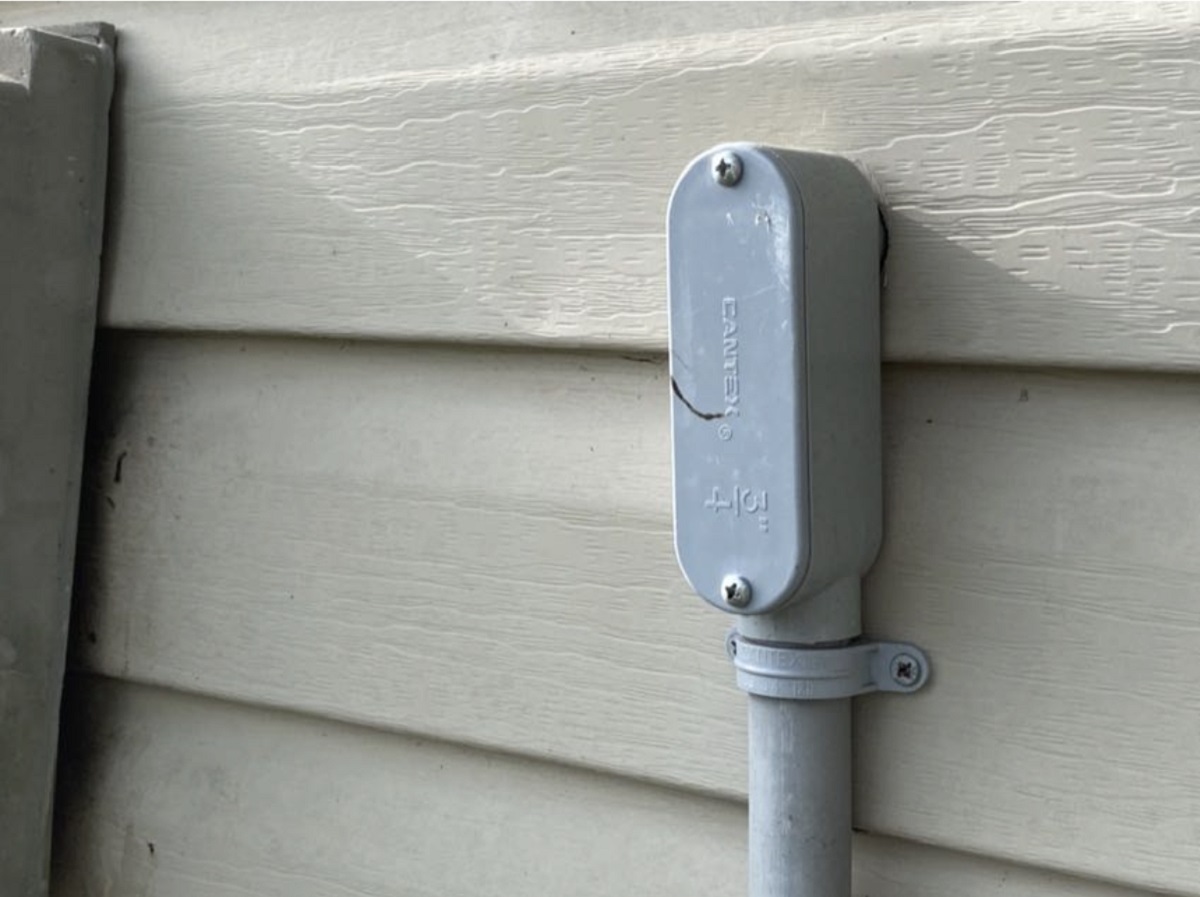

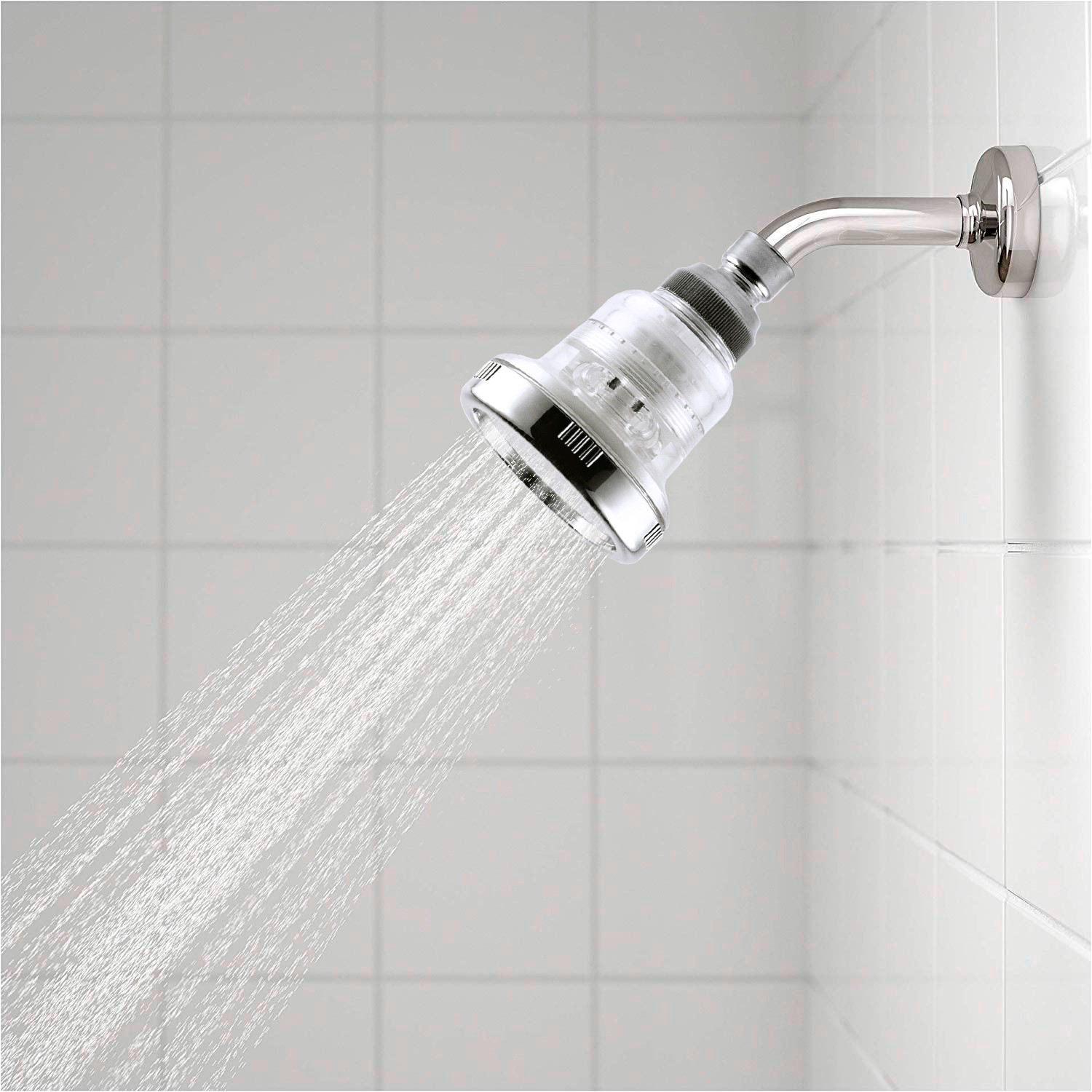
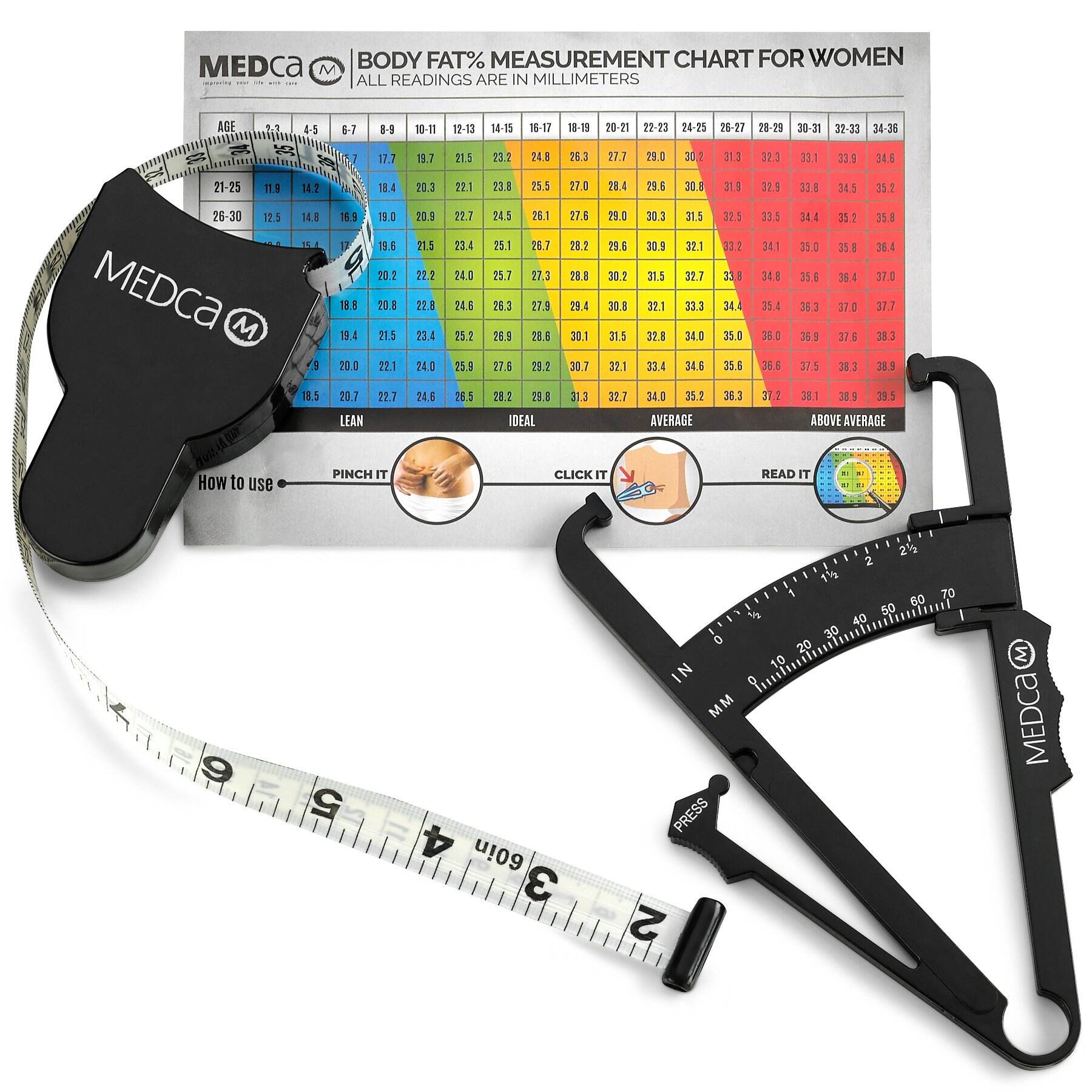


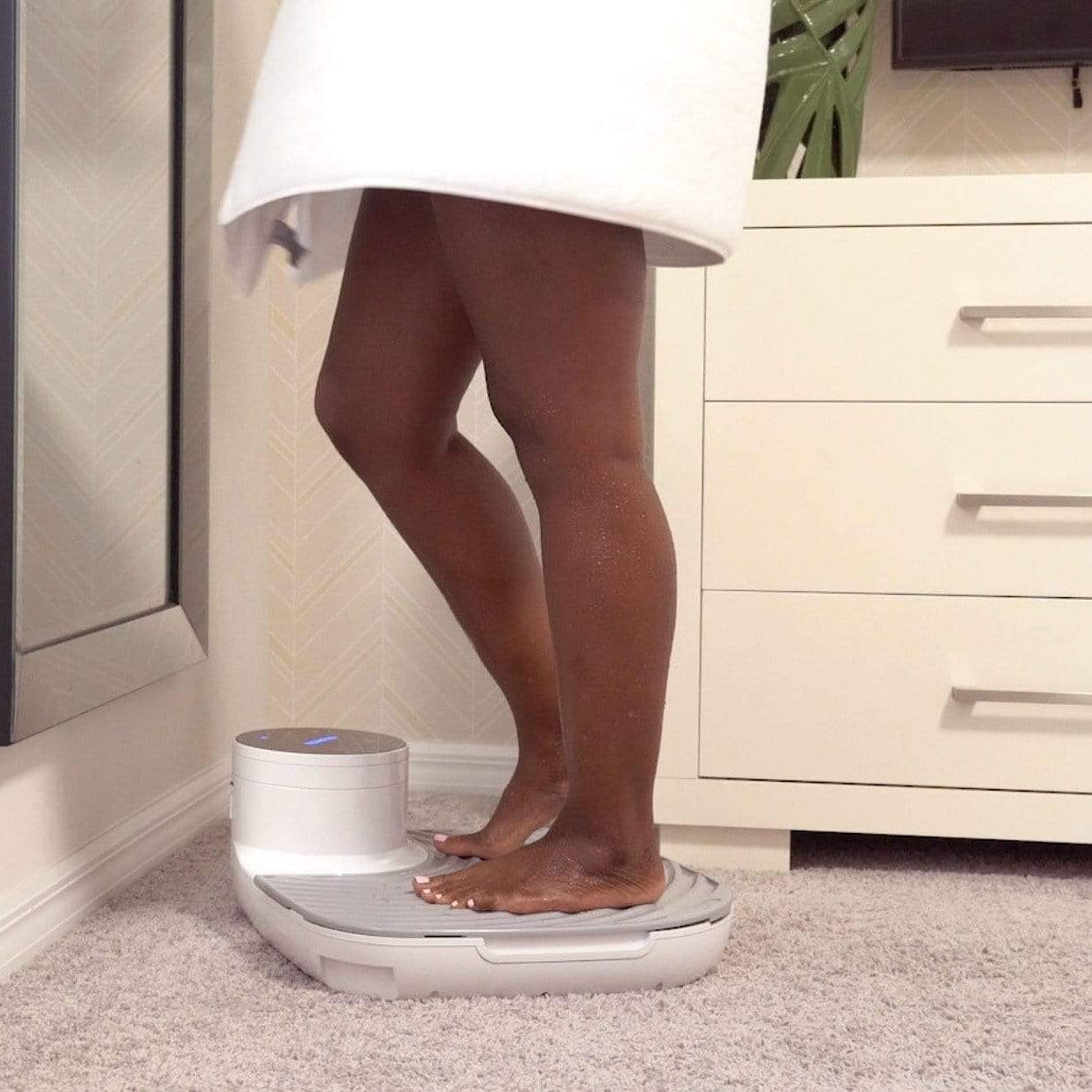



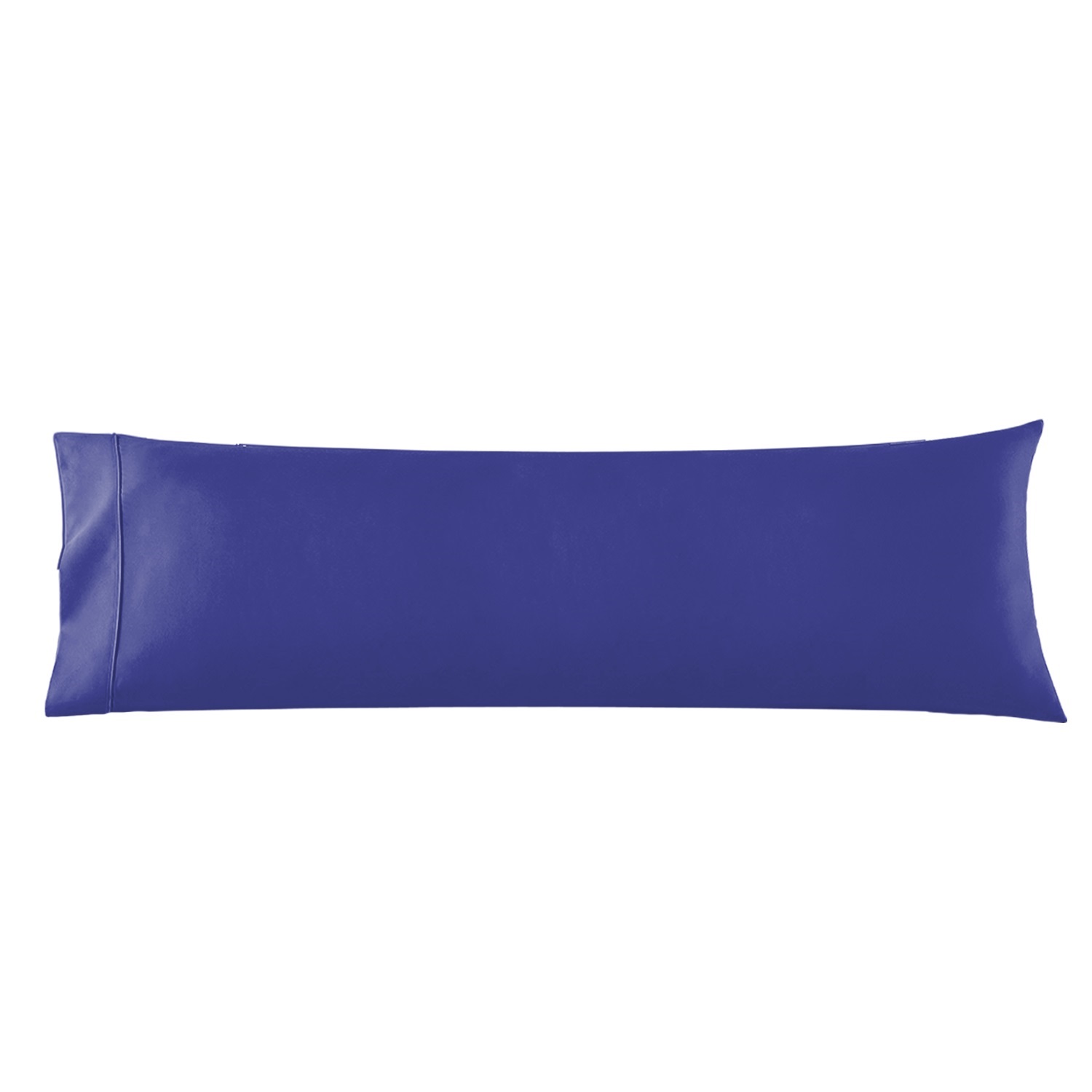
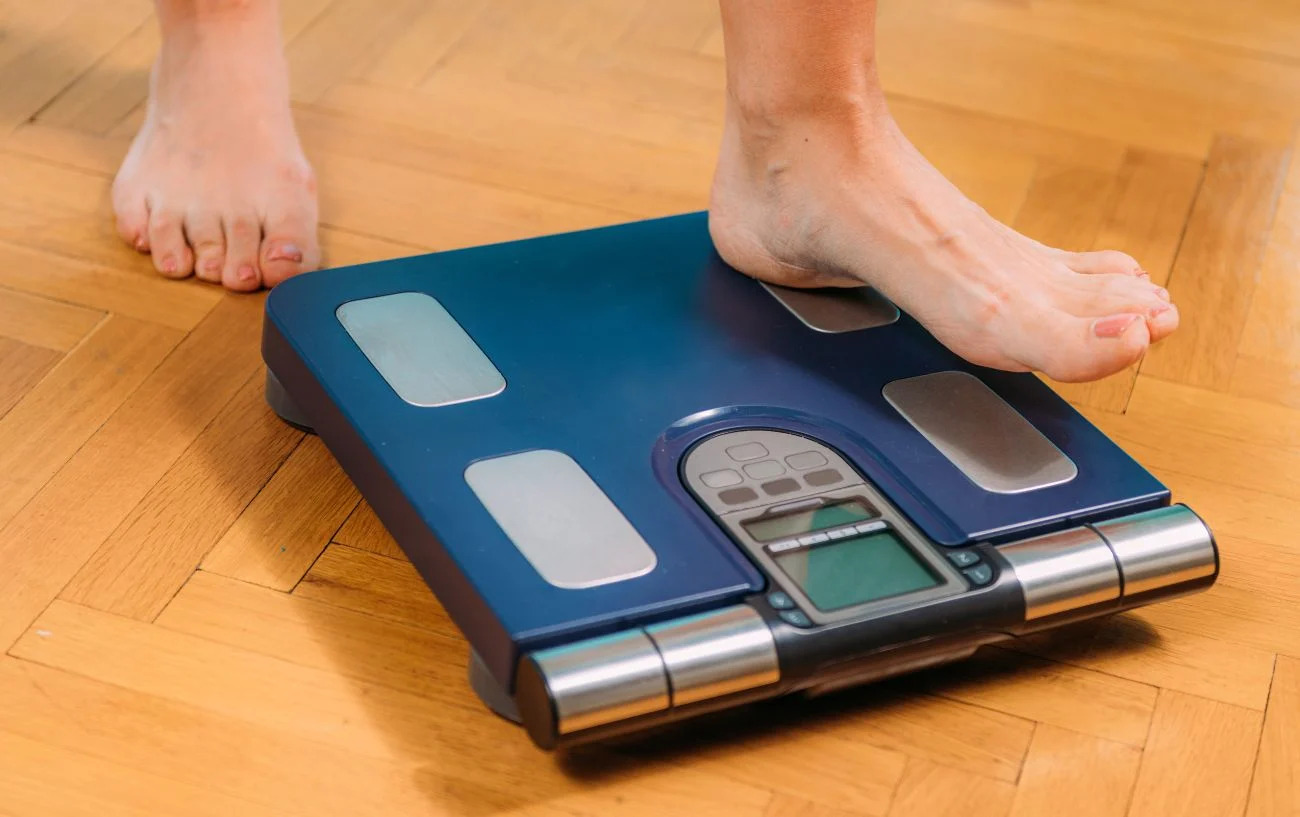
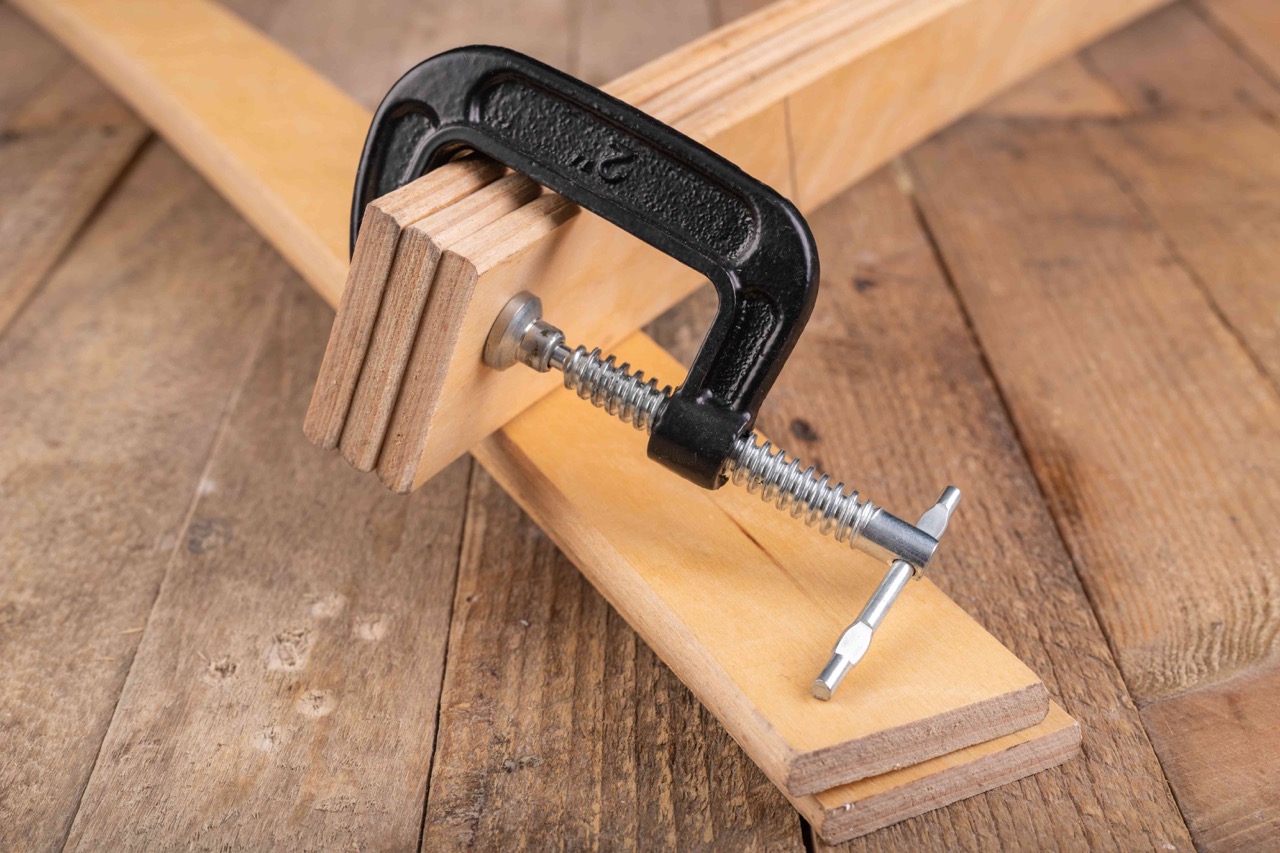

0 thoughts on “How To Store Body Armor”